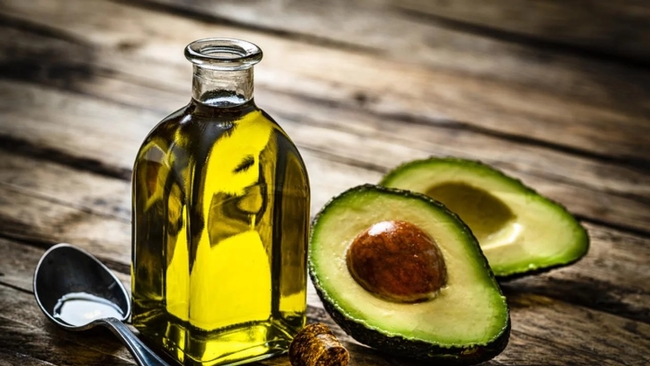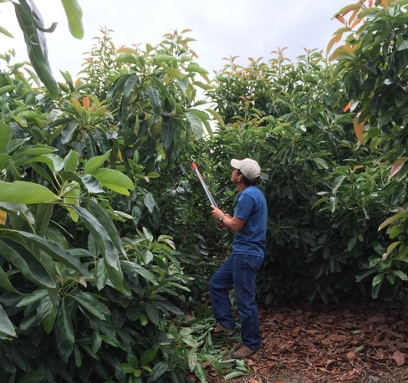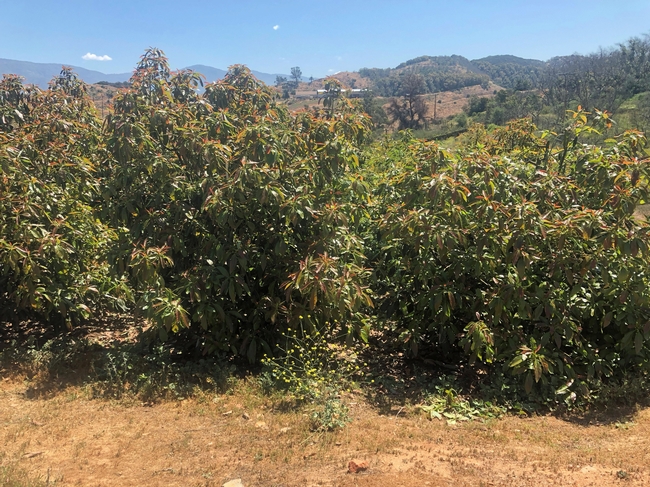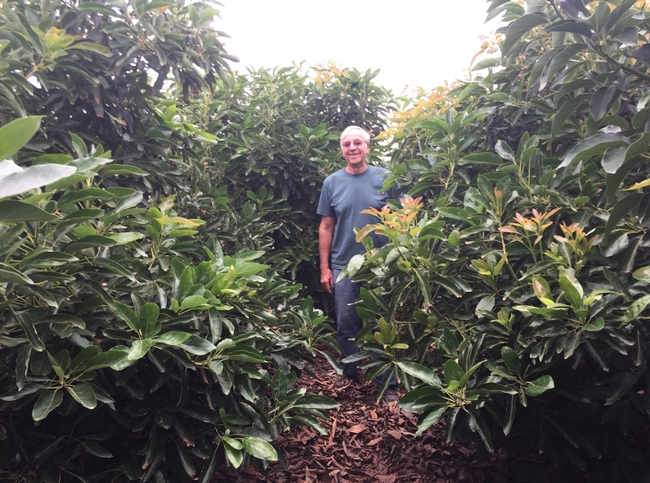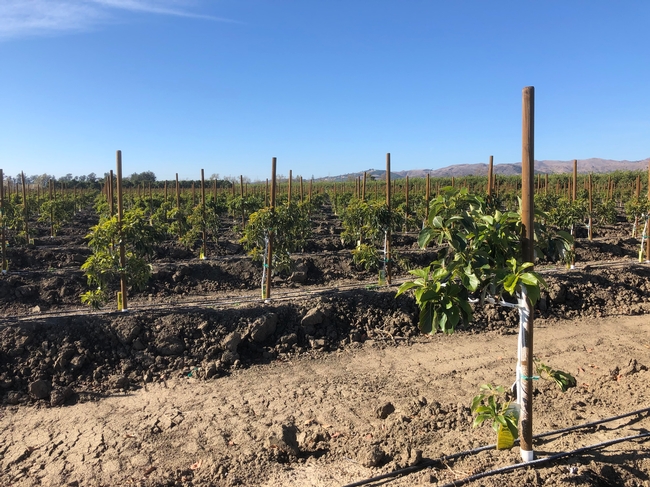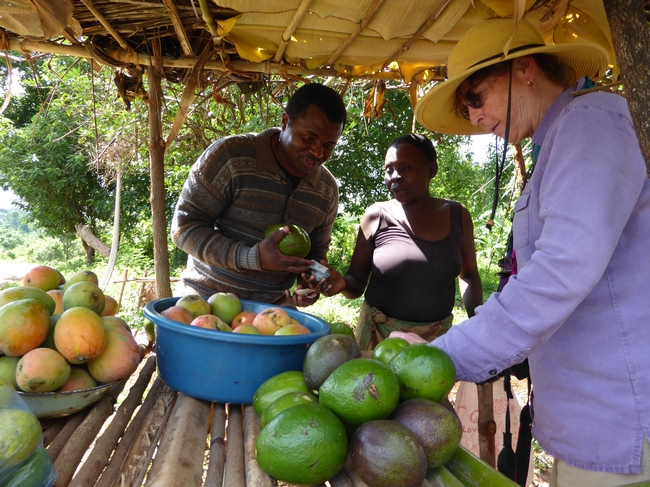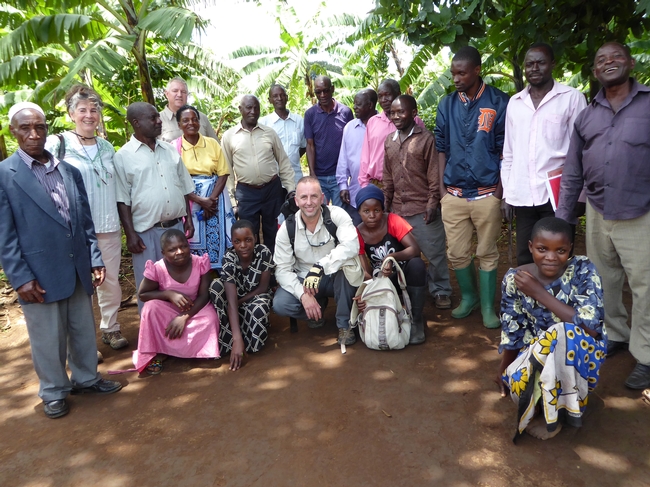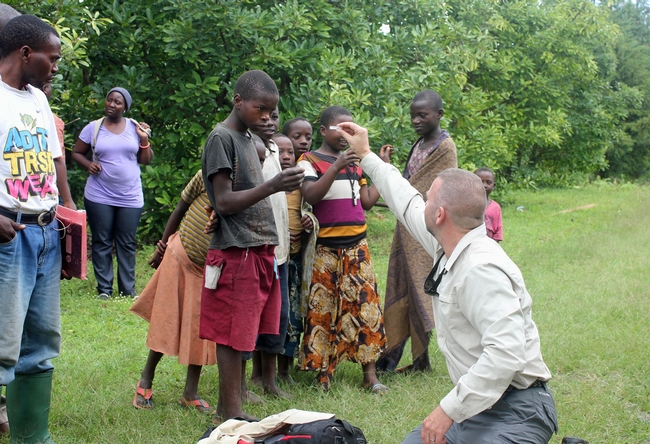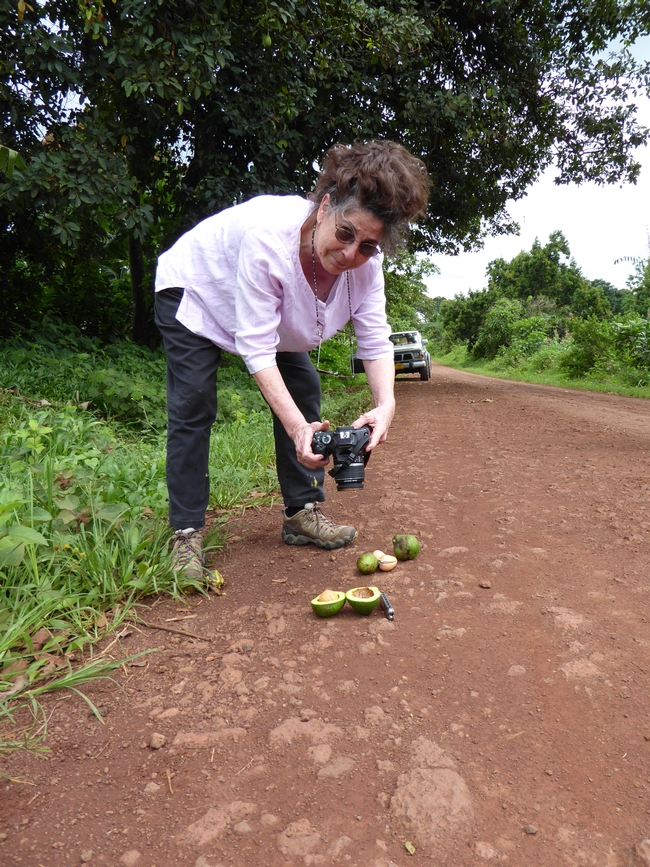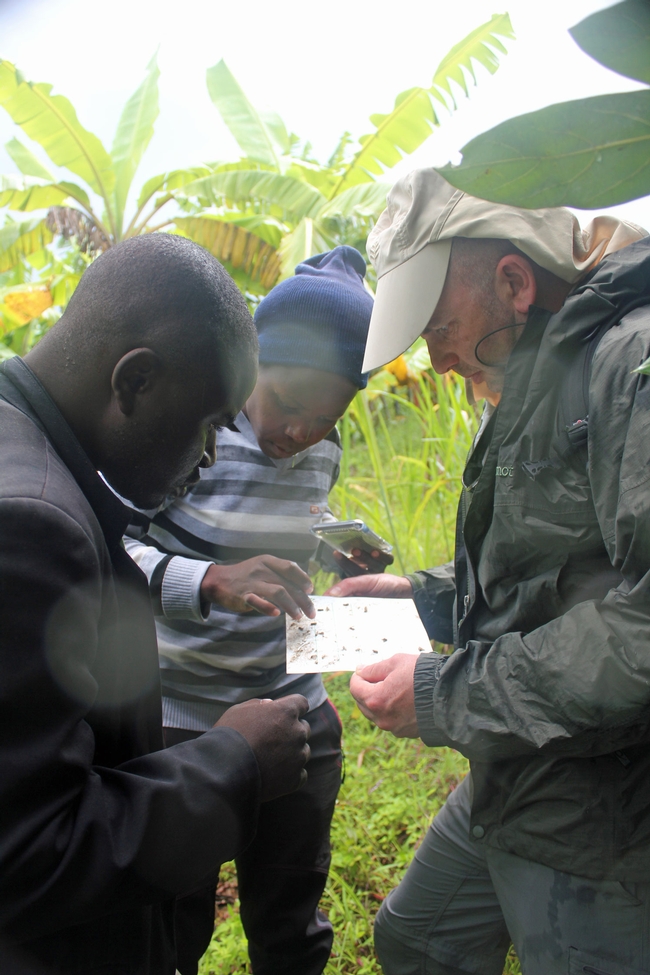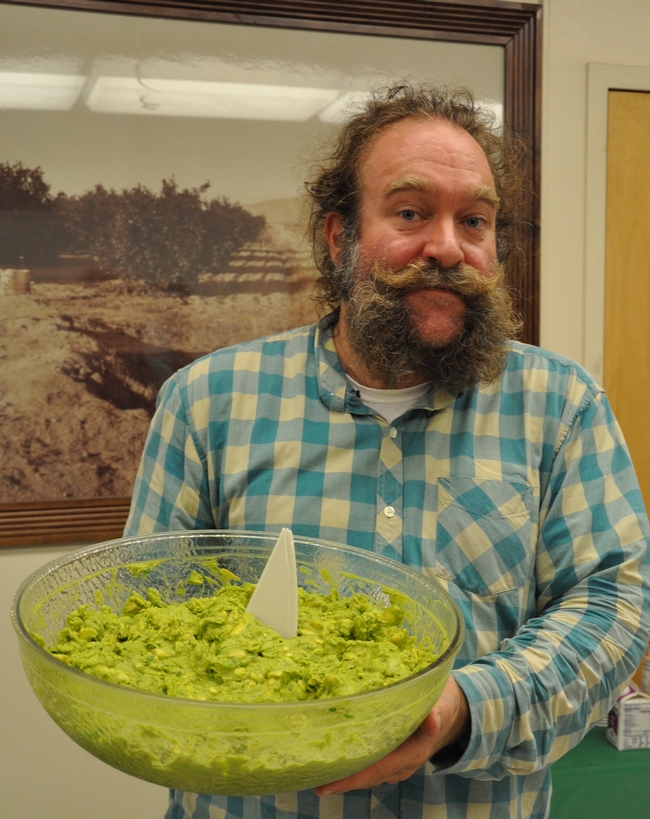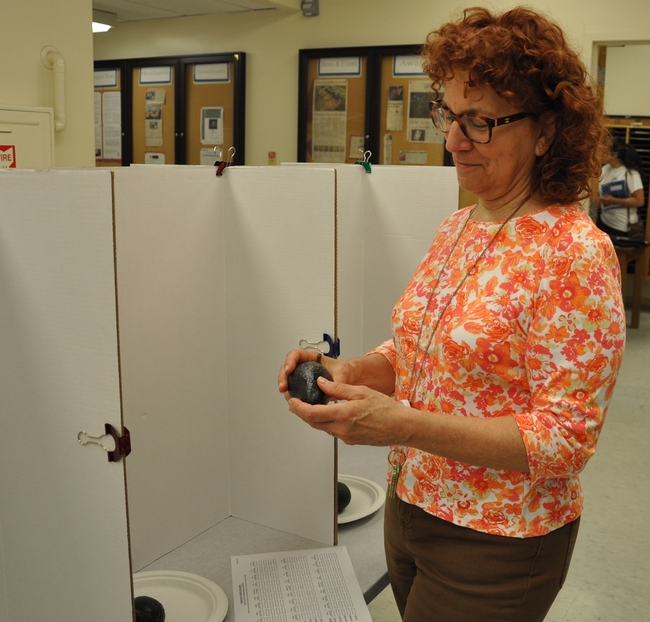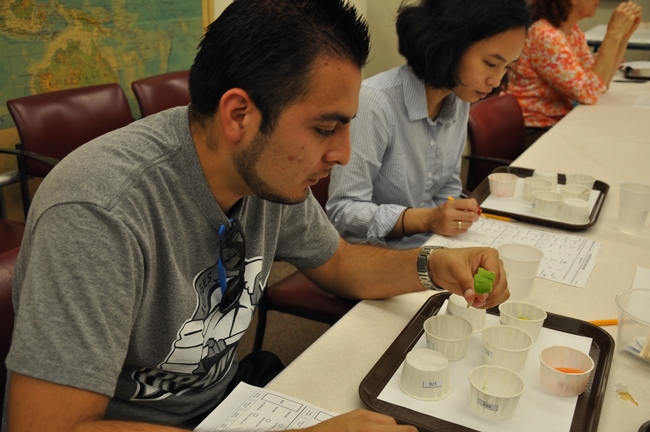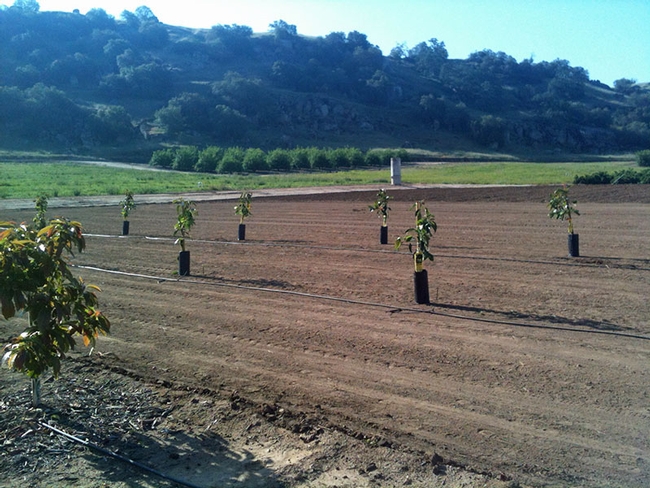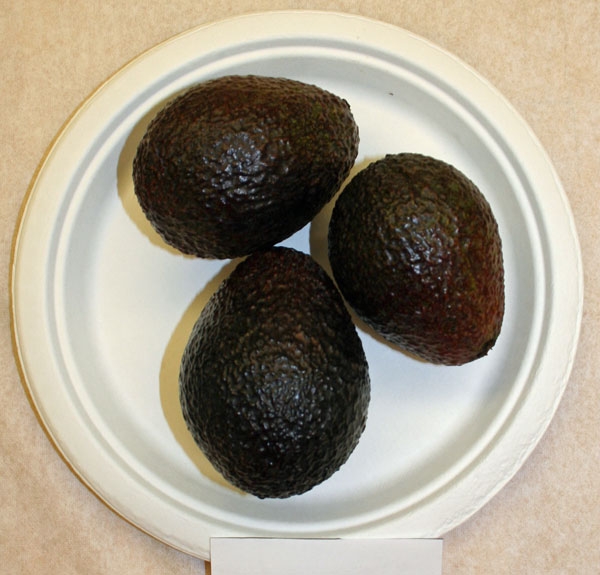Posts Tagged: avocados
Nearly 70% of private label avocado oil rancid or mixed with other oils
Researchers identify key markers to help professional retail buyers choose authentic products
Avocado oil has become a popular choice for many people in recent years because of its heart-healthy benefits and versatility in cooking. However, not all avocado oil products on store shelves are created equal. Some products are labeled as “pure” avocado oil when they contain other oils or additives. No enforceable standards defining the chemical and physical characteristics of avocado oil exist yet.
Researchers at the University of California, Davis, analyzed samples of 36 private label avocado oil products and graded them based on quality and purity. Private label products are made by a third-party processor and sold under a grocery store or retailer brand label. Their findings, published in the journal Food Control, show that 31% of the samples tested were pure, and 36% were of advertised quality. Quality refers to whether the oil is fresh or has gone bad due to aging, heat or light exposure. For purity, researchers measured fatty acids, sterols and other components that differentiate avocado oil from other oils.
The study included oils purchased from 19 retailers in the U.S. and Canada with various price points. They found that lower-priced oils were more likely to be tainted with other oils.
“We found that low-cost products indicate a higher probability for adulteration, but high cost didn't guarantee purity or quality,” said Selina Wang, associate professor of Cooperative Extension in the Department of Food Science and Technology. She and Hilary Green, a postdoctoral researcher at UC Davis, co-authored the paper.
Researchers also identified certain chemical markers in avocado oil that professional retail buyers can use to make more informed decisions when it comes to choosing suppliers. This way, consumers can feel confident about the products they buy.
This is the second comprehensive study conducted by UC Davis researchers on the quality of avocado oil sold in the U.S. The first study released in 2020 found that many of the test samples were of poor quality, mislabeled or adulterated with other oils.
“This study demonstrates that although progress is being made in standard development since our first market study in 2020, there are still issues with purity in avocado oil and these issues extend significantly into private label oils,” Wang said.
Avocado oil standards
Since the release of the first UC Davis study, Wang said there's been a coordinated effort by researchers, industry leaders and government agencies to establish enforceable standards. The Avocado Oil Expert Group was formed in collaboration with the American Oil Chemists' Society to discuss potential standards and future research projects.
Wang's research group has been studying how natural factors like different types of avocados, harvest times, geographic origins and processing methods could affect the chemical composition of avocado oil. They want to create standards that will accommodate natural variations while detecting any adulterations.
Wang hopes that the study's findings will contribute to the establishment of standards that benefit both consumers and avocado oil producers who want to compete in a fair market.
“I'm very optimistic for the future of the avocado oil industry,” Wang said. “It's a high-value product with high consumer demand, similar to what I saw with olive oil 10 years ago. Olive oil quality and purity have improved significantly, which is where I see avocado oil going, if we can establish fair standards and eliminate fraudulent products.”
New avocado study outlines costs and returns of high-density plantings
Growers considering producing avocados in San Diego County with high-density plantings now have help to determine the economic feasibility. A new study on the costs and returns of establishing and producing avocados in San Diego County has been released by UC Agriculture and Natural Resources' Cooperative Extension, UC Agricultural Issues Center and the UC Davis Department of Agricultural and Resource Economics.
Avocado has been one of the prominent crops produced in Southern California since the early 1950s. California avocado production peaked in 1987-88 with about 76,300 acres. San Diego had been the leading producer accounting for about 60% of the acreage.
“Beginning in the early 1980s, there has been a continuous decline of acreage and production of avocados in San Diego County, said Etaferahu Takele, UC Cooperative Extension farm management advisor for Southern California and co-author of the study. “This is mainly because of the expansion of urban development that has increased the cost of producing the crop and especially the cost of water, reaching to up to $2,000 per acre feet in 2020.”
High-density planting increases profitability of avocado production given there is suitable land for high-density orchard development.
Although the cost of water accounts for 44% of the total production cost in the high-density planting, the water cost is proportionally less than in the conventional planting of 145 trees per acre when distributed over a higher yield per acre, the authors write.
Their cost analysis describes production operations for avocados planted at 430 trees per acre, with an expected life span of 40 years. The study includes a detailed summary of costs and returns and a profitability analysis of gross margin, economic profit and a break-even ranging analysis table, which shows profits over a range of prices and yields. Growers can identify their gross margin and returns to management based on their yield and prices received.
Input and reviews were provided by a UC Cooperative Extension farm advisor and grower cooperators in San Diego County. The authors describe the assumptions used to identify current costs for avocado establishment and production, material inputs, cash and non-cash overhead.
The new study, “Avocado Establishment and Production Costs and Profitability Analysis in High Density Planting, San Diego County-2020,” can be downloaded for free from the UC Davis Department of Agricultural and Resource Economics website at http://coststudies.ucdavis.edu and UCCE Riverside County Farm Management website at https://ucanr.edu/sites/Farm_Management/Costs_and_Returns. Sample cost of production studies for many other commodities are also available on the websites.
For additional information or an explanation of the calculations used in the studies, refer to the “Assumptions” section of the report or contact Takele at (951) 683-6491 Ext. 243 or ettakele@ucanr.edu or Donald Stewart at the UC Agricultural Issues Center at destewart@ucdavis.edu.
UC ANR scientists help fledgling Tanzania avocado industry
Dedicated growers and research support from the University of California have made avocados a California success story. As part of the UC Global Food Initiative, which is channeling UC resources toward sustainably feeding the world's growing population, the California avocado experience can help alleviate food insecurity and poverty overseas.
Two UC Cooperative Extension specialists found a way to do that in Tanzania, Africa, where 69 percent of the population live below the poverty line and 16 percent of children under 5 are malnourished. In March 2017, UCCE biocontrol specialist Mark Hoddle and UCCE subtropical crops specialist Mary Lu Arpaia traveled to the east African nation to help growers there with their fledgling avocado industry.
In the late 19th Century, German missionaries introduced avocados to Tanzania when it was colonized by this European nation. Germany lost influence over the African country following World War I, but huge non-commercial avocado trees still thrive in the landscape.
Recently, attempts at commercial production growing the popular Hass variety are gaining momentum.
With proximity to a European market hungry for fresh avocados, Rungwe Avocado Company planted 250 acres of the Hass variety in the southern highlands around Mbeya near Lake Malawi, which establishes the border of south western Tanzania with Zambia and Malawi. In order to grow production to a level that would make the export to Europe practical and to support rural residents with a viable business option, approximately 3,700 small landholder farmers, known as outgrowers, were recruited to grow avocados. They manage small plots with as few as 20 trees to larger acreage with more than 200 trees, with participating farms ranging in elevation from 1,200 to nearly 6,000 feet.
However, this fledgling industry is experiencing production challenges, prompting the company to contact UC Cooperative Extension. UC faculty, specialists and advisors have conducted research on Hass avocados for decades in California and worked closely with growers to extend information that has supported the development of an industry with high-yielding trees producing premium fruit valued at more than $400 million per year.
“One of the aims of the Global Food Initiative is to deploy UC's best research and extension practices to address the key challenge of improving food production,” Arpaia said. “That's why we went to Tanzania.”
Hoddle and Arpaia visited growers, extension technicians, packing house managers and logistics experts. They identified production, pest management and fruit handling challenges faced by the avocado industry.
“The situation in Tanzania is quite different than California, and also different compared to Central and South America, where we have also worked on avocado production issues,” Hoddle said. “But we identified familiar issues that affect management for which there are solutions.”
Hoddle examined the Tanzanian avocado trees and fruit, and collected insect specimens. He said the insect damage was minimal at the time of the week long visit.
“That surprised me because of the insect biodiversity in Africa,” he said. “There was little evidence of heavy leaf feeding. There was some evidence of fruit damage caused by insect feeding on the skin, but they don't seem to have fruit boring weevils or caterpillars that we commonly see in parts of Mexico, Central and South America.”
A critical issue is extending entomological information to the outlying farmers to improve their ability to identify and manage beneficial insects and crop pests.
“They don't have the magnifying loops, collecting vials and insect boxes that we regularly use for insect identification,” Hoddle said. “I showed them my Leatherman tool, which can be used to open up fruit and look for damage. They need these basic tools.”
A post-harvest expert, Arpaia was able to identify ways to improve picking, handling, storage and shipping practices that would result in top quality fruit arrival in Europe.
The two scientists produced a report, which emphasized the need to provide outlying growers with basic equipment and agronomic information.
“We want to help them be better avocado farmers so the crop can be a greater contributor to the country's economy,” Arpaia said. “Boosting this industry will also give people all over Tanzania the opportunity to add nutritious avocados to their diets.”
Have you tasted an avocado lately?
The lab of Mary Lu Arpaia, a Cooperative Extension subtropical horticulturalist with UC Agriculture and Natural Resources (UC ANR) and the Department of Botany and Plant Sciences at UC Riverside, hosts an avocado tasting each month on the UCR campus. Attended typically by about 60 people, the tastings have grown in popularity over the years.
Eric Focht, a staff research associate in the Arpaia lab, helps organize the tastings; the guacamole he prepares specially for the occasion serves as an additional attraction. Focht has been working on avocados since 1999, the year he joined UCR as a staff member. His relationship with the campus, however, began before then; his father, now retired, was a professor on campus.
Typically, participants of the avocado tastings sample six avocados which come from UC ANR's South Coast Research and Extension Center in Irvine. “Hass control fruit are purchased from or donated by a packing house,” Focht says.
First, participants do a visual assessment of the fruit, evaluating texture, size and color. Next they step into a room where they do the blind tastings.
“The data is compiled and used to assess, among other things, which of our new breeding selections shows promise and should be pushed for eventual release,” says Focht, whose duties include coordinating field activities, designing field layouts, generating maps and databases, selecting avocado varieties of interest, interacting with growers and the public, troubleshooting, and directing the day-to-day operations of the lab when Arpaia is away.
Focht's favorite avocado variety varies by year and season.
“Right now our 465518-99 has been performing very well,” he says, “but in former years, its peak season is February through April. In the fall, Reed is always a good fruit with good flavor and texture. I prefer a fruit that peels easily and has good flavor. If it doesn't peel clean from the skin, I tend to overlook it for something else with good flavor and convenient packaging.”
The avocado growing season varies from variety to variety. By planting out several varieties, it is possible to have avocados year round in one's garden. Focht explains that the growing season varies regionally as well.
“The season in San Luis Obispo is months later than it is in San Diego,” he says.
Most avocado acreage in California is currently in Northern San Diego County. Most avocado acreage in the U.S. is in California. Other states with avocado industries include Florida and Texas. Worldwide, avocados are grown in Mexico, Chile, Peru, Israel, Australia, South Africa and New Zealand.
The California drought, now in its fourth year, is a concern for avocado lovers and scholars like Focht.
“An acre of avocado trees typically requires 2.5-4 acre-feet of water per year depending on weather and other factors,” he says. “The drought is resulting in lost acreage as farmers can either not afford or not find enough water for their trees. Successful farmers are having to modify their cultural practices to stay competitive.”
The next avocado tasting at UCR will be Aug. 12, 2015. For more information about the tastings, contact Focht.
Avocado production in the San Joaquin Valley gets closer
The San Joaquin Valley is the heart of California agriculture, but hasn't been a hospitable home for commercial avocado production. UC Cooperative Extension specialist Mary Lu Arpaia is conducting research to change that.
Avocados are native of semi subtropical high elevation rainforests in Mexico and Central America. A delicious and highly nutritious fruit, the cultivation of avocado has spread around the world. In California, growers are having commercial success in areas with year-round mild climates, such as San Diego and Ventura counties.
Though avocados are frost sensitive to be sure, it is not the cold winter climate that is the greatest impediment to avocado production in the state's inland valleys. It's the heat.
“Plant leaves have stomata, small openings that allow water vapor to move out of the plant to cool the leaf surface,” Arpaia said. “It works something like perspiration on people. Moisture exits the pores and cools the skin.”
The stomata on the leaves of Hass avocados – the variety most favored by California consumers – close when the temperature rises above 90 degrees. No moisture is released from the closed stomata and the plant overheats, causing fruit drop.
“To grow avocados in the valley, we need to have a variety that can tolerate heat better than Hass,” Arpaia said.
“The ones that we're testing in the field have eating quality comparable to Hass,” Arpaia said.
Lindcove is situated where the valley floor is gently rising toward the Sierra Nevada. The slope allows cold air to slip down to lower elevations, giving farmers in the area an advantage of a few degrees in the winter. The geography has made the area an important location for citrus production. But heat-tolerant avocados could be an alternative.
East-side citrus farmers may be looking for other options if Huanglongbing (HLB) disease makes its way to the area. Already, the pest that spreads HLB, Asian citrus psyllid, is established in some parts of the valley and spreading. Once a tree is infected with HLB, it cannot be cured.
“Growers have made good money on avocados,” Arpaia said. “In the San Joaquin Valley, water is relatively cheap and we have better water quality than San Diego County. There are good, well-drained soils. Avocados' frost sensitivity is similar to lemons. If farmers have property where they can grow lemons, they could try avocados.”
An initiative to enhance competitive and sustainable food systems is part of the UC Division of Agriculture and Natural Resources Strategic Vision 2025.


